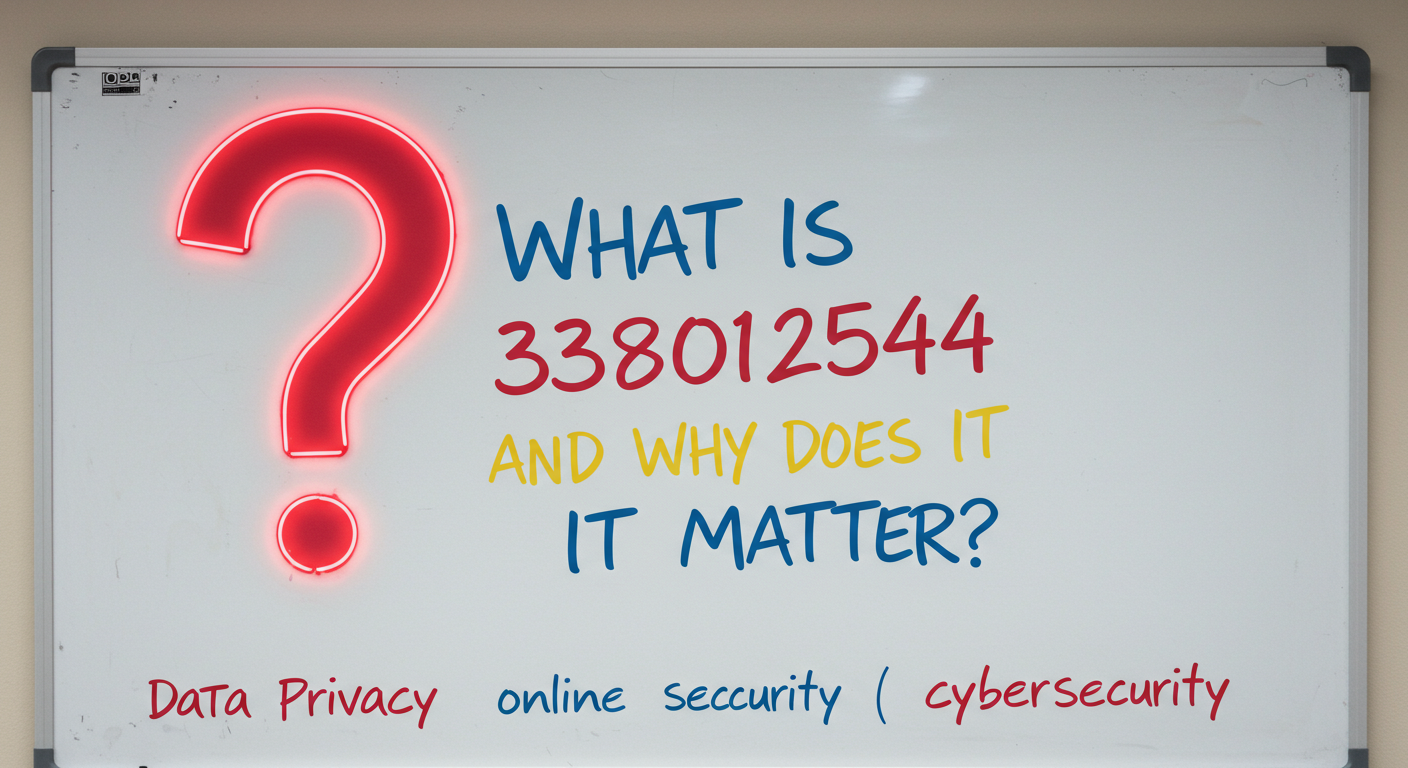In the vast world of the internet, users often come across cryptic numbers like 164.68111.161 that may appear as IP addresses or digital identifiers. If you’ve stumbled upon “164.68111.161” and are wondering what it means, whether it’s legitimate, and why it’s showing up in your logs or search results — you’re in the right place.
In this article, we’ll break down what 164.68111.161 could represent, explore possible interpretations, and discuss the potential risks, uses, and technical background behind it. Whether you’re a network administrator, cybersecurity enthusiast, or just a curious user, this guide will help you understand everything you need to know about this mysterious string of numbers.
What is 164.68111.161?
At first glance, 164.68111.161 looks like an IP address, which typically consists of four groups of numbers separated by periods. These groups range from 0 to 255 in standard IPv4 format. However, a quick inspection reveals a problem — the second segment, 68111, is not valid in any standard IP address system. IP addresses cannot contain numbers larger than 255 in any segment.
So what does this mean?
Possible Interpretations of 164.68111.161:
-
Typo or Malformed IP Address
The most likely explanation is that 164.68111.161 is a malformed IP address, possibly due to human error or a poorly written bot or script. -
Encoded or Obfuscated Data
Sometimes attackers or developers use unusual formats to obfuscate IP addresses or inject malicious data into logs and search engines to trick systems or confuse users. -
Tracking Mechanism
In some cases, malformed strings like this may be used as tracking identifiers in web URLs or emails. Because it’s non-standard, it might pass through certain filters undetected. -
Spam or SEO Poisoning Attempt
It’s also possible that “164.68111.161” is being artificially seeded across web platforms as part of a black-hat SEO tactic to manipulate search engine rankings or redirect users to unsafe websites.
Is 164.68111.161 a Real IP Address?
No, 164.68111.161 is not a valid IP address.
Here’s why:
-
IP addresses in IPv4 format are in the range of 0.0.0.0 to 255.255.255.255.
-
The segment 68111 exceeds the maximum allowed value of 255, making the entire address invalid.
If you’re seeing this in your server logs or as part of a referrer link, it’s likely either generated maliciously, used as a placeholder, or part of a data injection scheme.
Why Am I Seeing 164.68111.161?
If 164.68111.161 is appearing in your server logs, analytics reports, or referrer URLs, it’s essential to investigate the origin. Common reasons include:
-
Bots or Crawlers: Malformed user agents or rogue bots may send bad headers or intentionally malformed IPs.
-
Spam or Phishing Links: Some attackers use odd IP-like patterns to hide links in spam emails or SEO comment spam.
-
Honeypots or Network Monitoring Tools: Security professionals may use fake IPs like 164.68111.161 to test system responses or monitor suspicious activity.
-
Typographical Errors: It could be a simple typo in a configuration file or URL.
Is 164.68111.161 Dangerous?
While the number itself poses no direct threat, its presence could indicate suspicious behavior.
Potential Risks Include:
-
Log Injection Attacks: If your logs are not sanitized, attackers might use fake entries like 164.68111.161 to manipulate or inject code into analytics platforms.
-
Phishing Links: If 164.68111.161 is embedded in a URL, it could redirect users to phishing or malware sites.
-
Security Vulnerabilities: Repeated hits from malformed IP addresses might point to probing activity from bad actors testing for weaknesses.
If you’re a system administrator or webmaster, it’s a good idea to monitor requests associated with 164.68111.161, filter them out, and block the source if necessary.
How to Deal With 164.68111.161 on Your Website or Server
If you’re seeing 164.68111.161 in your logs or analytics, follow these steps:
-
Do Not Click Suspicious Links: If this number appears as part of a hyperlink or referrer, avoid clicking it directly.
-
Check Logs for Patterns: Look for frequency and timestamps to determine if it’s a recurring event.
-
Use IP Filtering and Firewalls: Configure your firewall to block malformed IP patterns.
-
Scan for Malware: Ensure your system isn’t compromised by running regular scans.
-
Sanitize Logs and Inputs: Always escape and validate data to prevent injection attacks.
-
Report Suspicious Activity: If you suspect abuse or attack attempts, consider reporting the incident to a security organization or your hosting provider.
164.68111.161 in the Context of Cybersecurity
From a cybersecurity standpoint, any irregular digital identifier — including something like 164.68111.161 — should be treated with caution. In many real-world cases, malformed data has been used as a vector for attacks including:
-
SQL injection
-
Cross-site scripting (XSS)
-
Command injection
-
Spam referral attacks
Whether it’s in a log file, browser address bar, or a suspicious email, being proactive is key to ensuring that malformed data does not lead to compromise.
SEO Manipulation and 164.68111.161
Interestingly, some spam SEO techniques may involve inserting seemingly random strings like 164.68111.161 into comment sections, forums, or web pages. The goal? To confuse search engines and piggyback off unsuspecting users searching for answers.
If you’re a content creator or SEO specialist, it’s crucial to:
-
Moderate User-Generated Content
-
Avoid Linking to Unverified Sources
-
Monitor Your Site for Unusual Keywords
-
Disavow Harmful Backlinks if Necessary
Using SEO tools like Google Search Console, Ahrefs, or Semrush can help detect these strange keywords and their sources.
Conclusion: What Should You Do About 164.68111.161?
To wrap it up, 164.68111.161 is not a real IP address, but its appearance may signal one of several scenarios — from a simple error to a potential security concern or SEO manipulation attempt.
Key Takeaways:
-
Invalid Format: 164.68111.161 is not a valid IP due to the segment 68111.
-
Potential Red Flag: It could be used by bots, spammers, or attackers.
-
Stay Vigilant: Monitor logs, filter strange traffic, and sanitize inputs.
-
Educate Your Team: Make sure your developers and sysadmins are aware of these kinds of anomalies.
If you’re seeing 164.68111.161 on your radar, take a step back and assess the broader context. While it may be harmless in some cases, it’s always better to investigate than to ignore.






